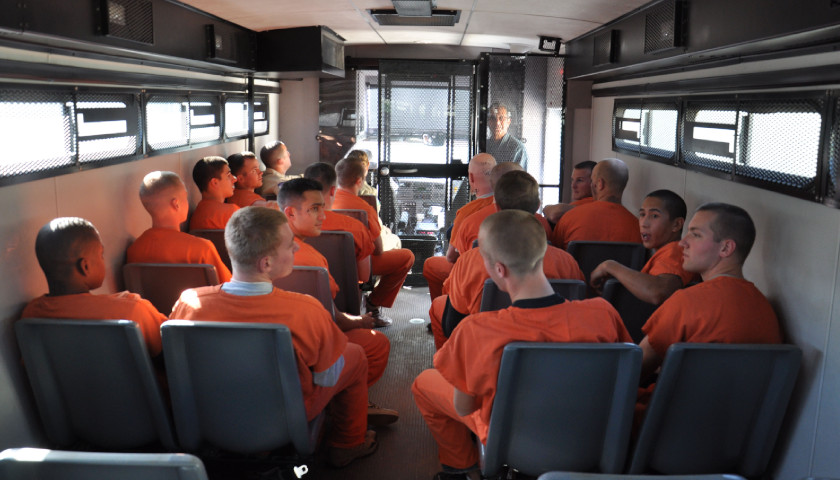Despite bipartisan calls for a reduction in the prison population and a slew of laws aimed at doing just that, a new report released this week has found that the prison population of Ohio has continued to climb over the past decade.
Since 2011, the state has passed several new bills specifically aimed at addressing criminal justice reform. The two most impactful were House Bill 86 (HB 86) and House Bill 49 (HB 49).
Both of these laws made a comprehensive list of changes to the criminal code, all aimed at curbing the incredibly high incarceration rates in Ohio. Among the changes were downgraded sentences for smaller offenses, permitting early release for certain types of offenders, shifting some crimes to misdemeanors, and creating financial incentives for rehabilitation as opposed to incarceration.
Despite this, the report found that:
- HB 86’s reforms, alone, may have saved the state $500 million by flattening prison population growth.
- While HB 86 was expected to significantly reduce the prison population, the prison population dropped just 2 percent.
- HB 49 was supposed to reduce the prison population to 47,500 by FY 2019, but right now, the prison population stands at 49,051. Projected reduction of the prison population was off by more than 1,500.
- Local court and county interpretation and implementation of law changes makes a significant difference in prison admissions and the prison population.
- When the legislature has given more direction and led local justice systems on a policy course, like when the law changed felony property offenses to misdemeanors, more significant reductions in prison admissions occurred.
While the failure to curb incarceration rates was a shock and disappointment to many, it did provide valuable insight into the most effective means by which these problems can be addressed. The report recommends that the state:
• Change simple drug possession to a misdemeanor offense;
• Reduce the number of people in prison for minor violations of probation;
• Provide relief for people living with a past conviction.
Beyond Ohio, addressing criminal justice reform remains a national concern.
On December 21, 2018, President Donald Trump signed into law one of the most comprehensive pieces of criminal justice reform legislation in recent history. The First Step Act made significant steps towards prioritizing rehabilitation and reform for inmates, rather than strict incarceration. However, this law only affected federal prisoners, who account for a small percentage of the 2.1 million incarcerated individuals in America.
Despite these setbacks, the report remains hopeful that the problem can be addressed.
“Lawmakers have the opportunity to strengthen and build upon prior sentencing reforms and avoid increased prison spending,” the report states. “Through the leadership of Senate President Larry Obhof and the Senate and House leadership, the Ohio legislature is poised to take the next steps by reclassifying low-level drug possession crimes as misdemeanors and stopping the revolving door of individuals with low-level, non violent drug offenses going to prison for technical probation violations.”
Currently, the U.S. has less than five percent of the global population but almost 25 percent of the global prison population.
– – –
Andrew Shirley is a reporter at Battleground State News and The Ohio Star. Send tips to [email protected].
Photo “Prisoners” by 2nd Lt. David Tart.





